The Event Horizon Telescope (EHT) collaboration has published new results that describe for the first time how light from the edge of the supermassive black hole M87* spirals as it escapes the black hole’s intense gravity, a signature known as circular polarization. The way light’s electric field prefers to rotate clockwise or counterclockwise as it travels carries information about the magnetic field and types of high-energy particles around the black hole. The new paper, published today in Astrophysical Journal Letters, supports earlier findings from the EHT that the magnetic field near the M87* black hole is strong enough to occasionally stop the black hole from swallowing up nearby matter.

On Saturday, October 14, 2023, the people of Michoacán enjoyed a partial solar eclipse. The last time a similar phenomenon was observed was in August 2017. Various educational, government and civil society institutions formed the Eclipses Michoacán Local Committee so that as many people as possible could observe this eclipse safely.

Dr. Laurent Loinard from the Institute of Radio Astronomy and Astrophysics (IRyA) at UNAM Campus Morelia received the 2023 Scientific Research Award, given by Mexican Society of Physics (Sociedad Mexicana de Física, SMF).

Dr. Laurent Loinard from the Institute of Radio Astronomy and Astrophysics (IRyA) at UNAM Campus Morelia received the 2023 State Science Award in the State Researcher subcategory, awarded by the Institute of Science, Technology and Innovation (ICTI) of the State of Michoacán.

- The next solar eclipse will be on October 14, 2023. It will be annular in areas of the Yucatan Peninsula and partial in the rest of the country, including Michoacán.
- There will be several observation sites in the state. In Morelia there will be venues at the UNAM Campus Morelia, UNAM Centro Cultural Morelia and Planetarium of Morelia “Lic. Felipe Rivera”




